Who leads the IFERC project?
The IFERC Project Leader (PL) is responsible for the coordination of the implementation of the IFERC Project. The PL is appointed by the Broader Approach Steering Committee and is assisted by the Project Team including Deputy Project Leader (D-PL) and DEMO Design Activity Leader (DDA-L).
Each Implementing Agency designates a Project Manager.

Masatoshi YAGI, Project Leader
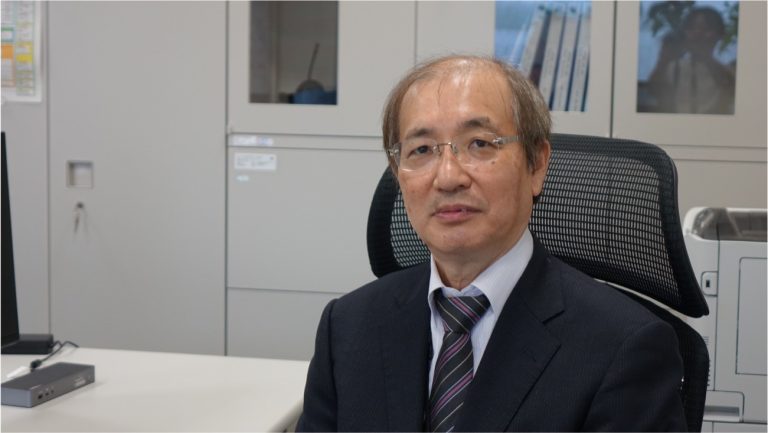
Message:
“Welcome to the IFERC website! We will continue to implement the IFERC project to accelerate the realization of fusion energy through the DEMO activity. The CSC and REC activities will also support JT-60SA, ITER and IFMIF/EVEDA Projects as well.”

Richard KAMENDJE, Deputy Project Leader
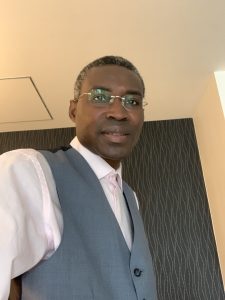
Message:
“Welcome to the IFERC website! Deploying the full potential of IFERC to foster convergence towards a feasible electricity producing fusion demonstration plant remains a primary objective. Together we will make it!”
Born in 1971, Richard Kamendje holds a PhD degree in Engineering Physics from the Graz University of Technology (TU-Graz), Austria, with work on Electron Cyclotron Heating and Current Drive in toroidal confinement fusion devices in 2001. From the early days of his professional career as a researcher at TU-Graz, pushing the frontiers of fusion development has remained his leitmotiv. While in duty at the JET Facilities from 2005 to 2009, he served as Scientific Assistant to the Associate Leader of the European Fusion Development Agreement, directly contributing to the establishment of the JET programme in support of ITER that includes landmark projects such as the JET ITER-like Beryllium first wall and Tungsten divertor project and the JET ITER-like ICRH antenna. This was followed by a position at the International Atomic Energy Agency where, from 2009 to 2016 he spearheaded the establishment of a world DEMO programme through the platform of the DEMO Programme Workshop series that he brought to life. Currently, he serves the EUROfusion Consortium as Senior Manager for International Collaborations and, in that, strategically interfaces with various key players around the world in an effort to advance DEMO design and DEMO R&D.

Noriyoshi NAKAJIMA, Deputy Project Leader
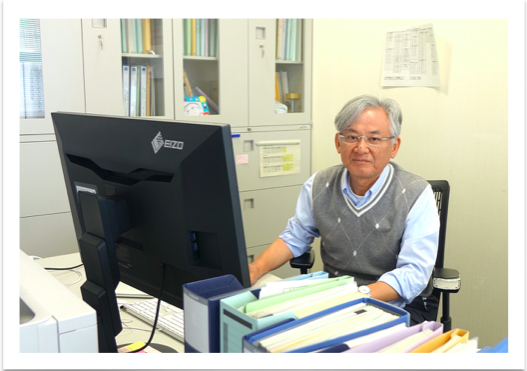
Message:
“Welcome to the IFERC website. I hope that IFERC project will further develop under the direction of the new PL and open a road toward fusion energy through support to ITER and other BA projects.”
Born in 1956, Noriyoshi Nakajima graduated from Kyoto University, where he studied plasma physics in terms of theory in his bachelor course, and also PIC computer simulations in his master course. In his doctoral course, he moved to Nagoya university, and started Magneto-Hydro-Dynamics (MHD) simulation. After getting the Ph.D. in 1987 and position in the Institute of Plasma Physics (IPP) of the Nagoya university, he worked on the analysis of the nonlinear behaviors of the MHD(Magneto-hydro-dynamics) modes near the marginally stable state. According to the re-organization of IPP to National Institute for Fusion Science (NIFS), he started the research of the Helical Plasma, and was interested in the magnetic coordinates system based on the MHD equilibrium in the general torus system, which were used for MHD stability and neo-classical transport in his major research fields. In 2010, He moved to NIFS Rokkasho research center, and got a chance to collaborate in IFERC project. He undertook work as IFERC PL from September 2010 to May 2020 with the intention to successfully accomplish the IFERC project in BA Phase I and to smoothly change over to BA Phase II.

Nobuyuki AIBA, DEMO Design Activity Leader
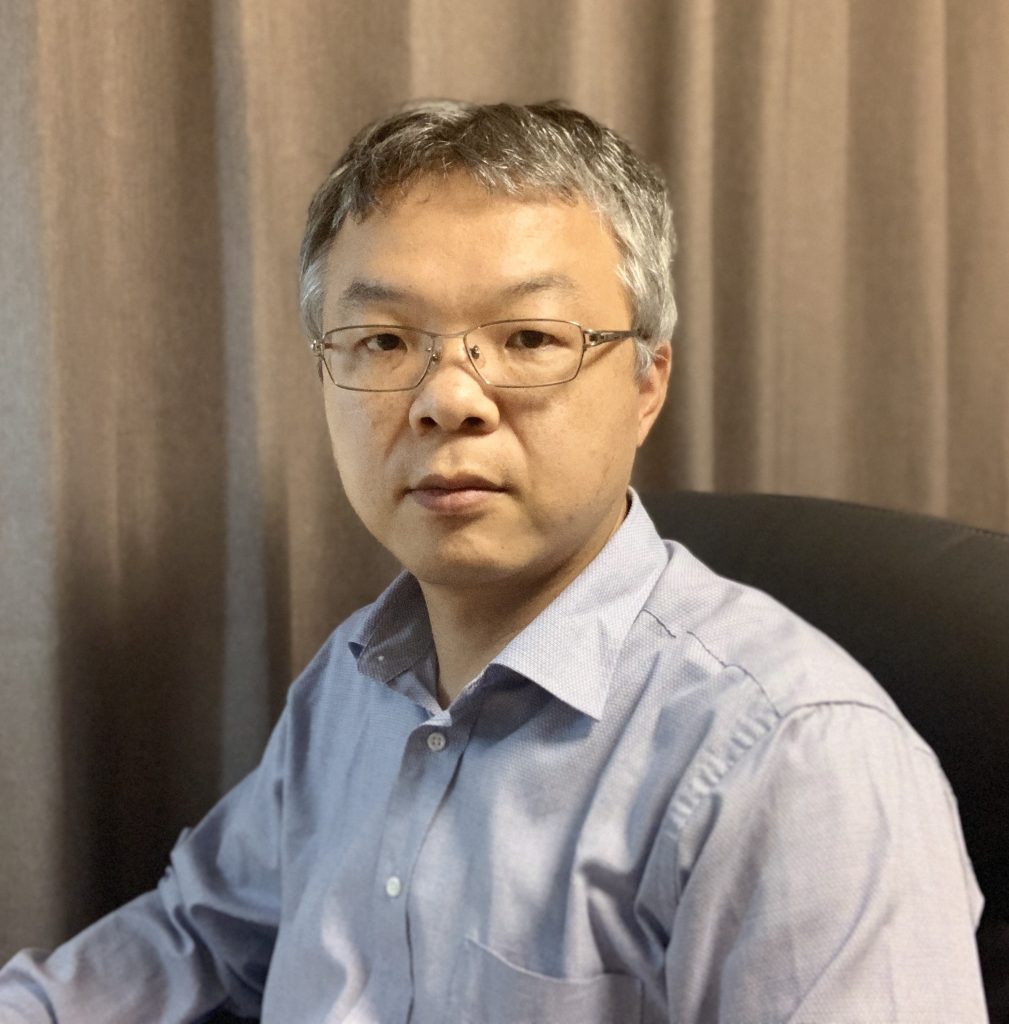
Message:
“Welcome to the IFERC website. I hope that our DEMO design activity in the IFERC project will realize to solidify a design of a reliable and economical fusion DEMO reactor by summarizing all the knowledge in EU, Japan and other countries.”
Born in 1976, Nobuyuki Aiba graduated from Kyoto University, where he studied molecular dynamics (MD) simulation of ductile fracture of metals in his bachelor course. In his master course, he studied Magneto-Hydro-Dynamics (MHD) simulation of fueling pellet behavior in tokamaks. In the middle of his doctoral course, he moved to the Graduate University for Advanced Studies, and started theoretical and numerical studies of MHD instabilities in tokamaks. After getting Ph.D. in 2005 and position in JT-60 Plasma Design Group in Japan Atomic Energy Research Institute (JAERI) as postdoctoral researcher, he has studied stability of edge localized mode (ELM) and resistive wall mode (RWM) in tokamaks. After two re-organizations of JAERI to Japan Atomic Energy Agency (JAEA) in 2005 and of JAEA to National Institutes for Quantum Science and Technology (QST) in 2016, he works to develop JT-60SA plasma operation scenario in Advanced Plasma Modeling Group in QST Naka Institute, and also holds the posts of group leader of Physics Design Group in Joint Special Design Team for Fusion DEMO in Japan (from 2019), and topical group leader of Pedestal and Edge Physics Group in JT-60SA Experimental Team (from 2022).

Susana CLEMENT-LORENZO (F4E), EU IFERC Project Manager
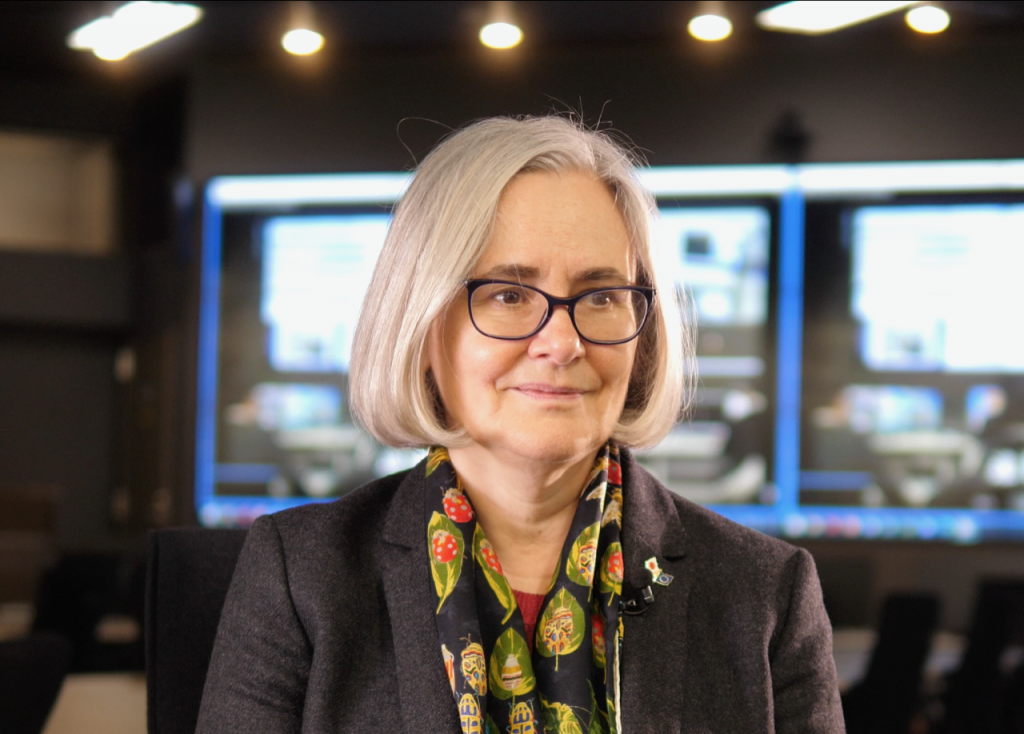
Message:
“Welcome to the IFERC website! In the IFERC Project we continue to support the development of a fusion as a source of electricity power plant, and hope to build-up on the achievements of the first phase of the Broader Approach Projects!”
Born in 1959, Susana Clement Lorenzo graduated in Physics in the Complutense University in Madrid, and obtained a PhD in 1986 in the same university and CIEMAT, in the field of radiation damage in fusion materials. After her doctoral thesis she changed field to tokamak physics and moved to the JET Joint Undertaking laboratory in Culham, UK, where she worked as an experimental physicist for eleven years in the in the field of tokamak edge and divertor physics, gaining experience of large tokamak operation. She designed the first fast infrared camera to study fast power deposition events in JET. In 1998 Susana moved to the fusion directorate of the European Commission DG Research, where she oversaw the administration of the JET programme, and was responsible for the negotiation and follow-up of international agreements in the field of fusion. She participated in the ITER negotiations, and was responsible for technical aspects and the organisation of the Broader Approach Agreement negotiations. In 2008, she joined the newly created Joint Undertaking for ITER and the Development of Fusion Energy (‘Fusion for Energy’), where she was the programme manager of the IFERC activities. She is a long standing expert of the ITER Science and Technology Advisory Committee. In the second phase of the BA Projects, she undertook the role of the Project Leader for the IFERC Project from June 2020 to June 2023, while she continues to be the EU Programme manager for IFERC in Fusion for Energy.

Hiroyasu TANIGAWA (QST), JA IFERC Project Manager
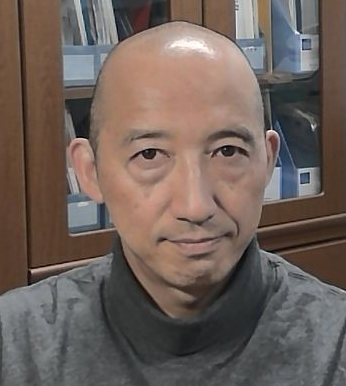
Message:
“I hope that the IFERC project team, the EU Implementing Agency and the JA Implementing Agency will work together to achieve key results towards the early realization of a fusion DEMO reactor.”
Hiroyasu Taniagwa has been the group leader of Fusion Structural Materials Development Group, Fusion Energy Research and Development Directorate, National Institutes for Quantum and Radiological Science and Technology (QST), Japan. Since 2005, and now the deputy director of Blanket Research and Development Division, from this year. He received degrees from University of Tokyo (M.S. in Material Science), Kyoto University (Ph.D. in Nuclear Power Engineering), and started his carrier as post-doctoral at Japan Atomic Energy Research Institute (JAERI) in 1998. He has been dedicated to the development and characterization of reduced activation ferritic/martensitic steels F82H for fusion reactor in-vessel components and studied the effects of neutron and high energy particle irradiation in metals, with emphasis on irradiation effects on properties and microstructures of metals and influences of helium on irradiation effects in metals. Recently he extended his research field to the development of breeding blankets and design criteria for fusion DEMO in-vessel components.
Since the beginning of the BA activities, he has been working as a TRO on structural material development tasks as part of the DEMO R&D activities. In BA Phase 2 activities, he has been the PA Manager and Technical Coordinator for DEMO R&D activities and the TRO for Task 3, Breeding blanket and fuel cycle in DEMO Design activities.
From July 2023, he will be responsible for the management of IFERC-related activities (CSC, REC, and DEMO), budgeting and research planning and coordination at QST Rokkasho Institute as JA Project Manager, and will continue to act as DDA Task3 TRO.
Former project leaders and sub-project leaders
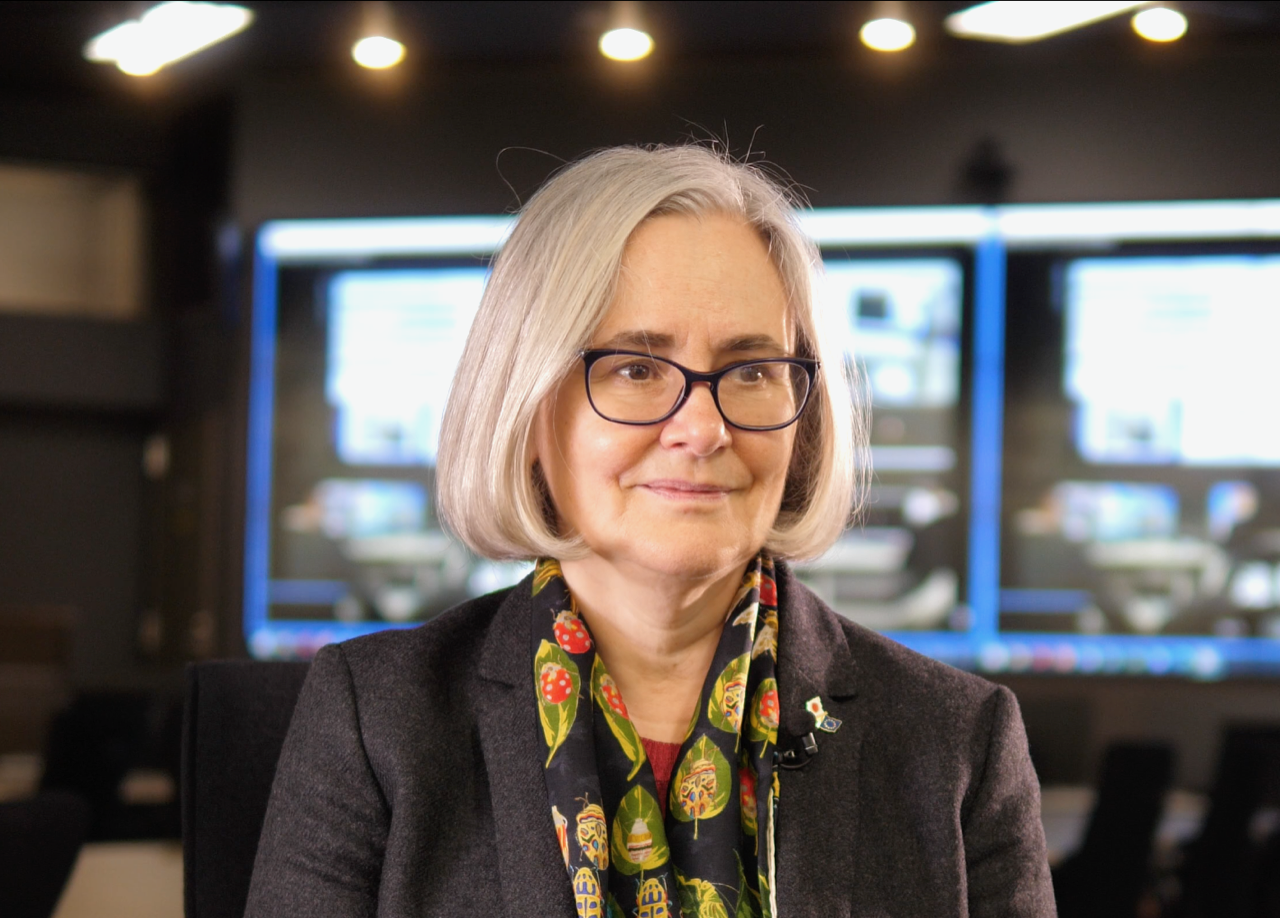 Born in 1959, Susana Clement Lorenzo graduated in Physics in the Complutense University in Madrid, and obtained a PhD in 1986 in the same university and CIEMAT, in the field of radiation damage in fusion materials. After her doctoral thesis she changed field to tokamak physics and moved to the JET Joint Undertaking laboratory in Culham, UK, where she worked as an experimental physicist for eleven years in the in the field of tokamak edge and divertor physics, gaining experience of large tokamak operation. She designed the first fast infrared camera to study fast power deposition events in JET. In 1998 Susana moved to the fusion directorate of the European Commission DG Research, where she oversaw the administration of the JET programme, and was responsible for the negotiation and follow-up of international agreements in the field of fusion. She participated in the ITER negotiations, and was responsible for technical aspects and the organisation of the Broader Approach Agreement negotiations. In 2008, she joined the newly created Joint Undertaking for ITER and the Development of Fusion Energy (‘Fusion for Energy’), where she was the programme manager of the IFERC activities. She is a long standing expert of the ITER Science and Technology Advisory Committee.
In the second phase of the BA Projects, she undertook the role of the Project Leader for the IFERC Project from June 2020 to June 2023.
Born in 1959, Susana Clement Lorenzo graduated in Physics in the Complutense University in Madrid, and obtained a PhD in 1986 in the same university and CIEMAT, in the field of radiation damage in fusion materials. After her doctoral thesis she changed field to tokamak physics and moved to the JET Joint Undertaking laboratory in Culham, UK, where she worked as an experimental physicist for eleven years in the in the field of tokamak edge and divertor physics, gaining experience of large tokamak operation. She designed the first fast infrared camera to study fast power deposition events in JET. In 1998 Susana moved to the fusion directorate of the European Commission DG Research, where she oversaw the administration of the JET programme, and was responsible for the negotiation and follow-up of international agreements in the field of fusion. She participated in the ITER negotiations, and was responsible for technical aspects and the organisation of the Broader Approach Agreement negotiations. In 2008, she joined the newly created Joint Undertaking for ITER and the Development of Fusion Energy (‘Fusion for Energy’), where she was the programme manager of the IFERC activities. She is a long standing expert of the ITER Science and Technology Advisory Committee.
In the second phase of the BA Projects, she undertook the role of the Project Leader for the IFERC Project from June 2020 to June 2023.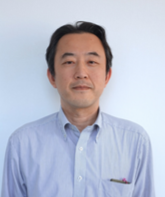 Born in 1967, Yasutomo Ishii graduated from Kyoto University, where he studied laser physics in terms of theory in his bachelor’s course. In his master’s and doctor’s courses, he studied plasma physics in terms of theory and simulation and during his doctoral course, he started a study on nonlinear Magneto-Hydro-Dynamics (MHD) simulation. In 1995, he joined the Plasma Theory Laboratory in the Japan Atomic Energy Research Institute (JAERI). He obtained his Ph.D. in 1996 and continued the work on the MHD theory and simulation for Tokamak plasma in JAERI. After two re-organizations of JAERI to the Japan Atomic Energy Agency (JAEA) in 2005 and of JAEA to the National Institutes for Quantum Science and Technology (QST) in 2016, as the JA Project Manager, he is currently responsible for the planning and coordination of budget and research plan, and the management of the IFERC related activities (CSC, REC, DEMO) in the QST Rokkasho Institute.
Born in 1967, Yasutomo Ishii graduated from Kyoto University, where he studied laser physics in terms of theory in his bachelor’s course. In his master’s and doctor’s courses, he studied plasma physics in terms of theory and simulation and during his doctoral course, he started a study on nonlinear Magneto-Hydro-Dynamics (MHD) simulation. In 1995, he joined the Plasma Theory Laboratory in the Japan Atomic Energy Research Institute (JAERI). He obtained his Ph.D. in 1996 and continued the work on the MHD theory and simulation for Tokamak plasma in JAERI. After two re-organizations of JAERI to the Japan Atomic Energy Agency (JAEA) in 2005 and of JAEA to the National Institutes for Quantum Science and Technology (QST) in 2016, as the JA Project Manager, he is currently responsible for the planning and coordination of budget and research plan, and the management of the IFERC related activities (CSC, REC, DEMO) in the QST Rokkasho Institute.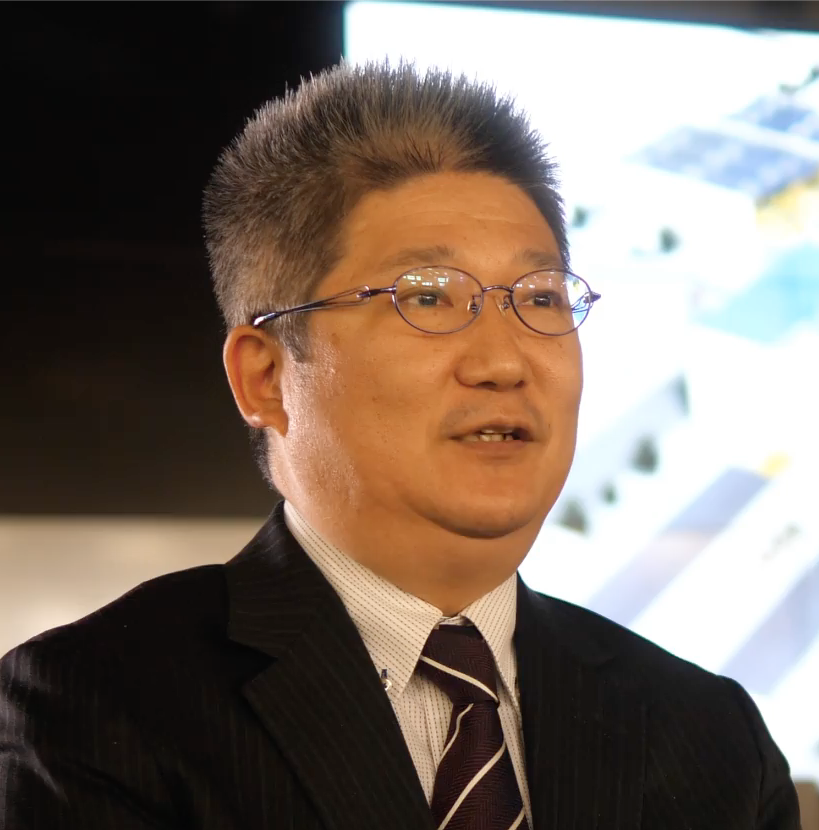 Ryoji HIWATARI graduated from the university of Tokyo in 1995. After getting the master degree in 1997 and the Ph.D. in 2005 in the university of Tokyo and the position in Central Research Institute of Electric Power Industry (CRIEPI), he undertook the visiting associate professor in Tokyo City university and the university of Tokyo. His major research fields are Conceptual design study on fusion power plant, tokamak plasma design, plasma transport, next generation vehicles (EV, PHV, FCV), traffic simulator, vehicle to grid/home (V2G, V2H), energy system evaluation, energy mix. From 2016, he is a principal researcher of Fusion Energy Research & Development Directorate, Rokkasho Fusion Institute, National Institutes for Quantum and Radiological Science and Technology (QST). He is undertaking work as the DEMO Design Activity (DDA) leader from April 2020, in order to extensively contribute to the early realization of DEMO reactor.
Ryoji HIWATARI graduated from the university of Tokyo in 1995. After getting the master degree in 1997 and the Ph.D. in 2005 in the university of Tokyo and the position in Central Research Institute of Electric Power Industry (CRIEPI), he undertook the visiting associate professor in Tokyo City university and the university of Tokyo. His major research fields are Conceptual design study on fusion power plant, tokamak plasma design, plasma transport, next generation vehicles (EV, PHV, FCV), traffic simulator, vehicle to grid/home (V2G, V2H), energy system evaluation, energy mix. From 2016, he is a principal researcher of Fusion Energy Research & Development Directorate, Rokkasho Fusion Institute, National Institutes for Quantum and Radiological Science and Technology (QST). He is undertaking work as the DEMO Design Activity (DDA) leader from April 2020, in order to extensively contribute to the early realization of DEMO reactor. 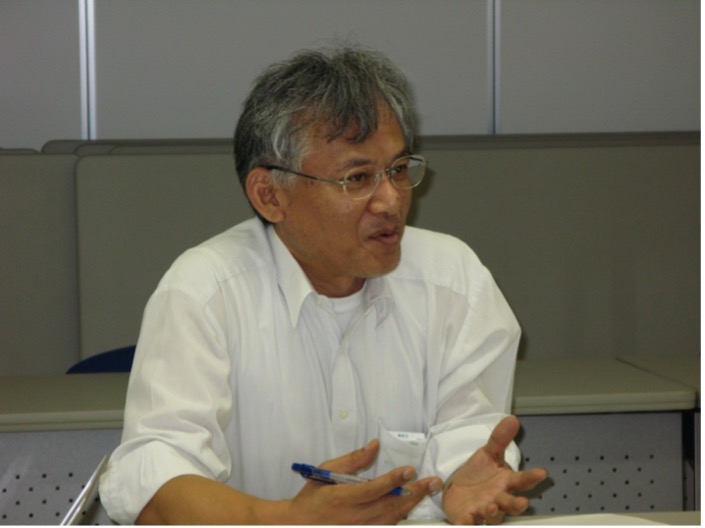
Born in 1956, Noriyoshi Nakajima entered the fusion community in Kyoto University. His first research target in his bachelor course was the collisional effects on ion cyclotron drift loss-cone instabilities in a simple mirror machine in terms of paper and a pencil. Since he felt limits of this purely theoretical approach in terms of paper and a pencil, he started the PIC (Particle In Cell) simulation in his master course on heating and current drive by Lower Hybrid wave in a slab-modeled tokamak, and recognized the usefulness of computer simulations, because many theoretically predicted phenomena were observed/reproduced by simulations qualitatively and/or semi-quantitatively (although the power of the computer was very limited, say, available memory was about 12 MB and the speed was about 0.2 M Flops). In his doctor course, he moved to Nagoya university, and started MHD simulation on nonlinear phenomena related to non-resonant modes in Reversed Field Pinch. In order to understand a nonlinear oscillation of non-resonant modes obtained by the simulations, he returned to the world of paper and a pencil, and found out that the nonlinear oscillation observed in the simulations was interpreted as the amplitude oscillation of the perturbation near the marginally stable state.
After getting the Ph.D. in 1987 and position in the Institute of Plasma Physics (IPP) of the Nagoya university, he worked on the analysis of the nonlinear behaviors of the MHD modes near the marginally stable state. According to the re-organization of IPP to National Institute for Fusion Science (NIFS), he started the research of the Helical Plasma, and was interested in the magnetic coordinates system based on the MHD equilibrium in the general torus system, which were used for MHD stability and neo-classical transport in his research field.
 Under construction
Under construction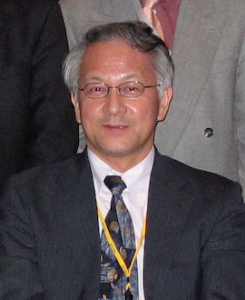 Under construction
Under construction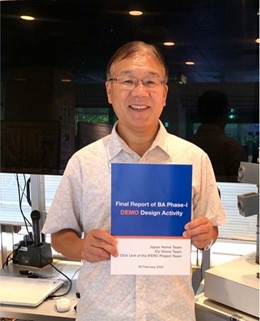 Under construction
Under construction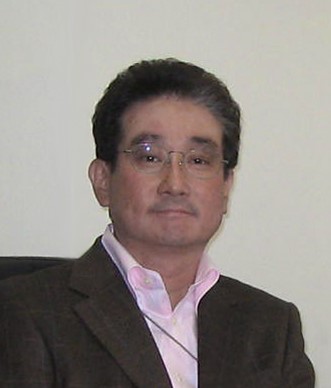 Under construction
Under construction